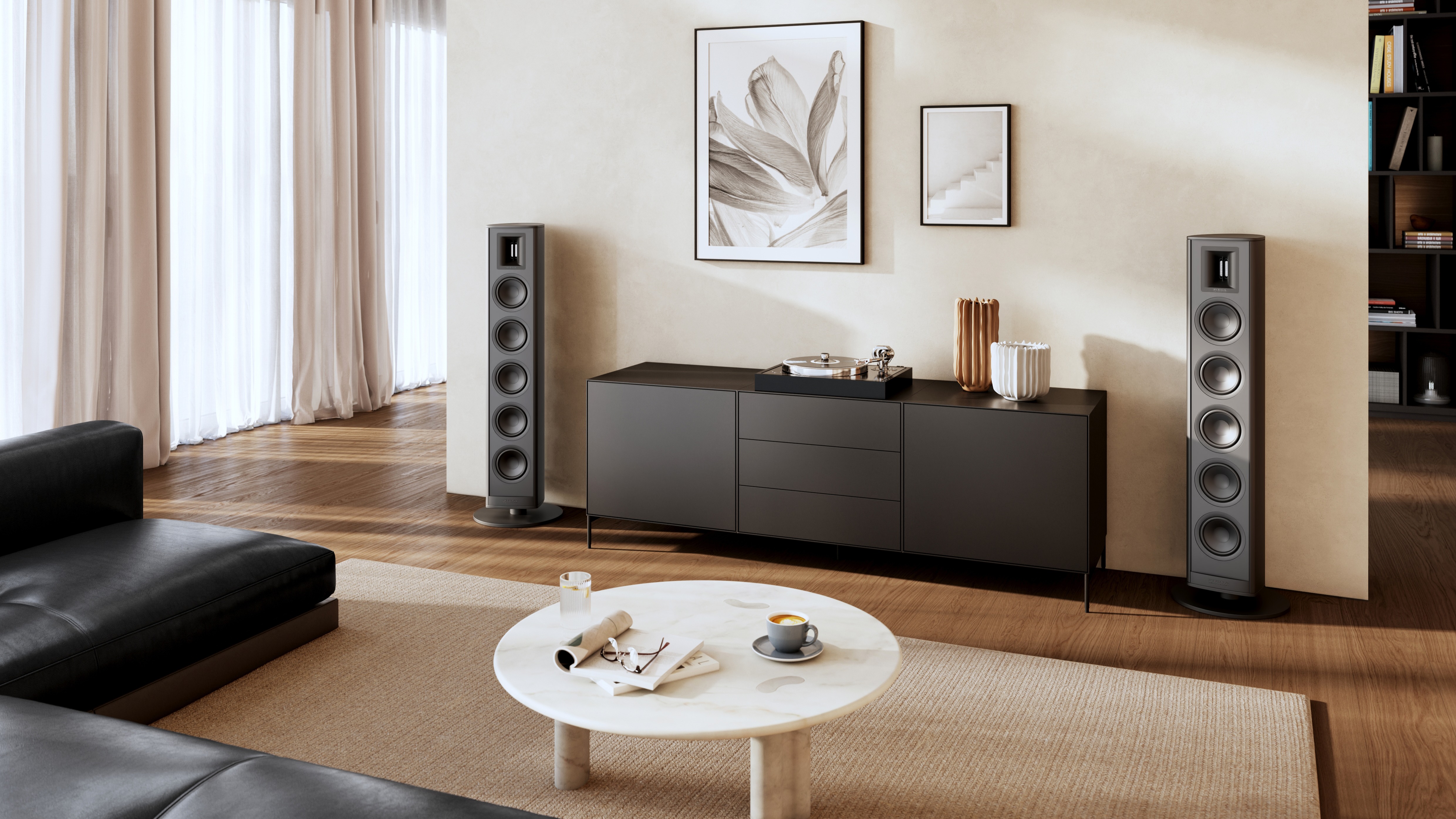What Hi-Fi? Verdict
The first 42-inch OLED from Sony is every bit as good as you’d imagine and a great choice if you can stretch to its relatively high price
Pros
- +
Supremely sharp and detailed
- +
Excellent motion handling
- +
Solid set of gaming features
Cons
- -
Not as rich or vibrant as some
- -
Occasional black crush
- -
LG C2 is even better for gaming
Why you can trust What Hi-Fi?
For too long, buyers of ‘small’ TVs have been starved of genuine flagship quality. It took until 2020 for the first 48-inch OLED TV to hit shops and, for some, 48 inches is still far too big for a TV. Have LCD TV manufacturers been picking up the slack? Largely, no. Samsung’s the only brand to have made a serious effort, launching its flagship QLED set at 43 inches for the first time just last year.
Thankfully, 2022 is when that all changes. Samsung once again has a 43-inch flagship-quality QLED on its roster but, even more significantly, the first 42-inch OLEDs are now available. LG lead the way with the 42-inch version of its new C2 model, but Sony is hot on its heels with this 42-inch A90K.
Price
The Sony XR-42A90K launched with a price tag of £1899 / $1400 / AU$2795, but at the time of writing (in November 2022) you can pick it up for £1295 / $1150 / AU$2595.
It’s still quite a lot more expensive than the LG OLED42C2, which is £899 / $1000 / AU$1400, while Samsung’s 43-inch QN90B QLED will set you back £999 / $1200 / AU$1795.
Design
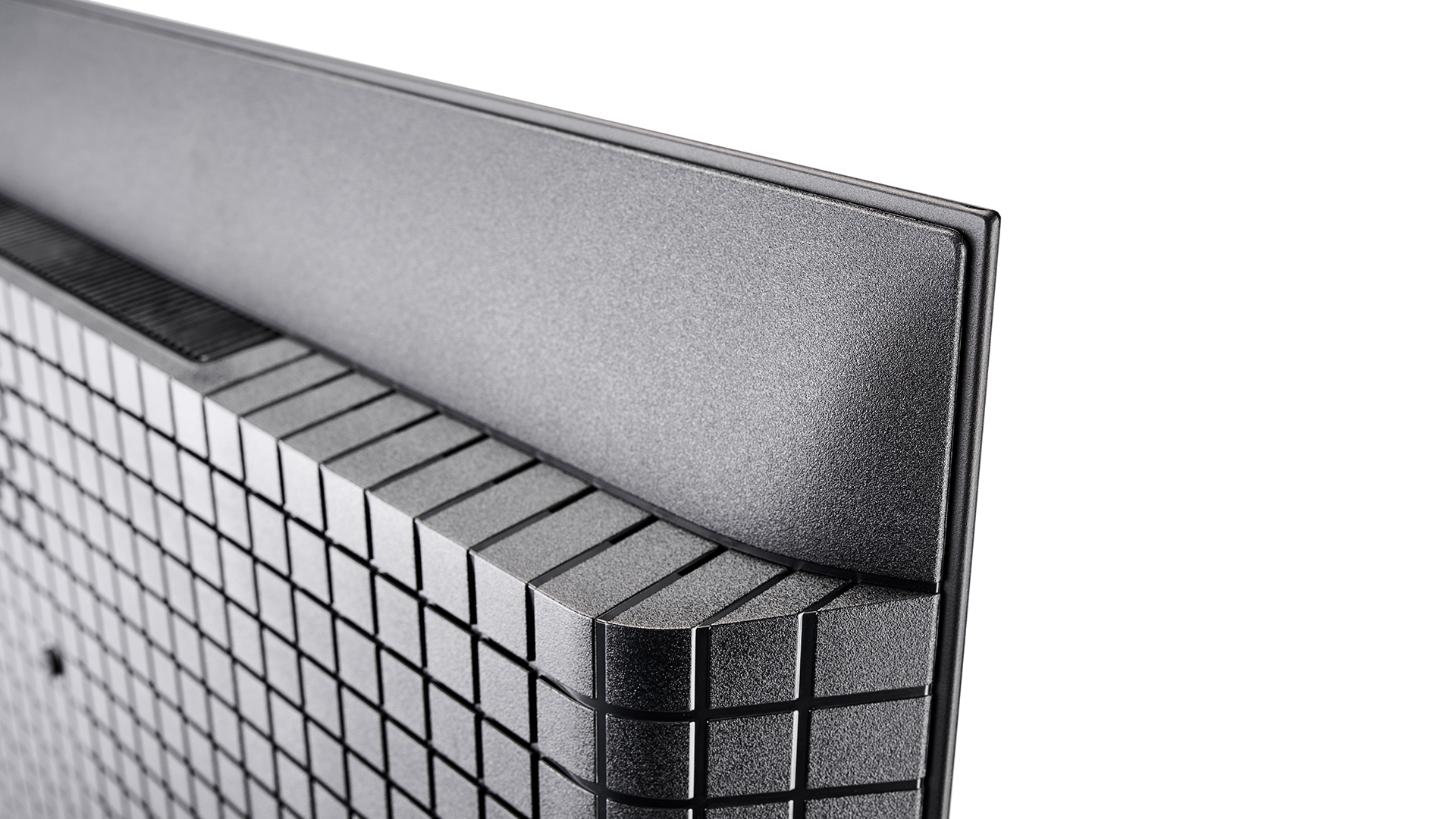
This is a heavier, thicker TV than its LG rival, but in many ways it’s more stylish. While the 42-inch C2 has fairly practical but also basic plastic feet, the A90K has an extremely low-profile base that keeps the bottom edge of the TV as close as possible to the surface upon which it’s placed. If you want more space, either for a soundbar or simple eye-line reasons, there are stilts in the box that can be added to the stand in order to raise the TV by about 7cm.
Around the back, arranged in an L-shaped formation, are the physical connections, which include aerial, dual satellite, ethernet, an optical output, a special input that allows the TV to be used as the centre speaker in a surround system, two USB sockets and four HDMIs. There’s also a hardware switch here that allows you to turn on or off the microphone built into the TV’s chassis.
Features
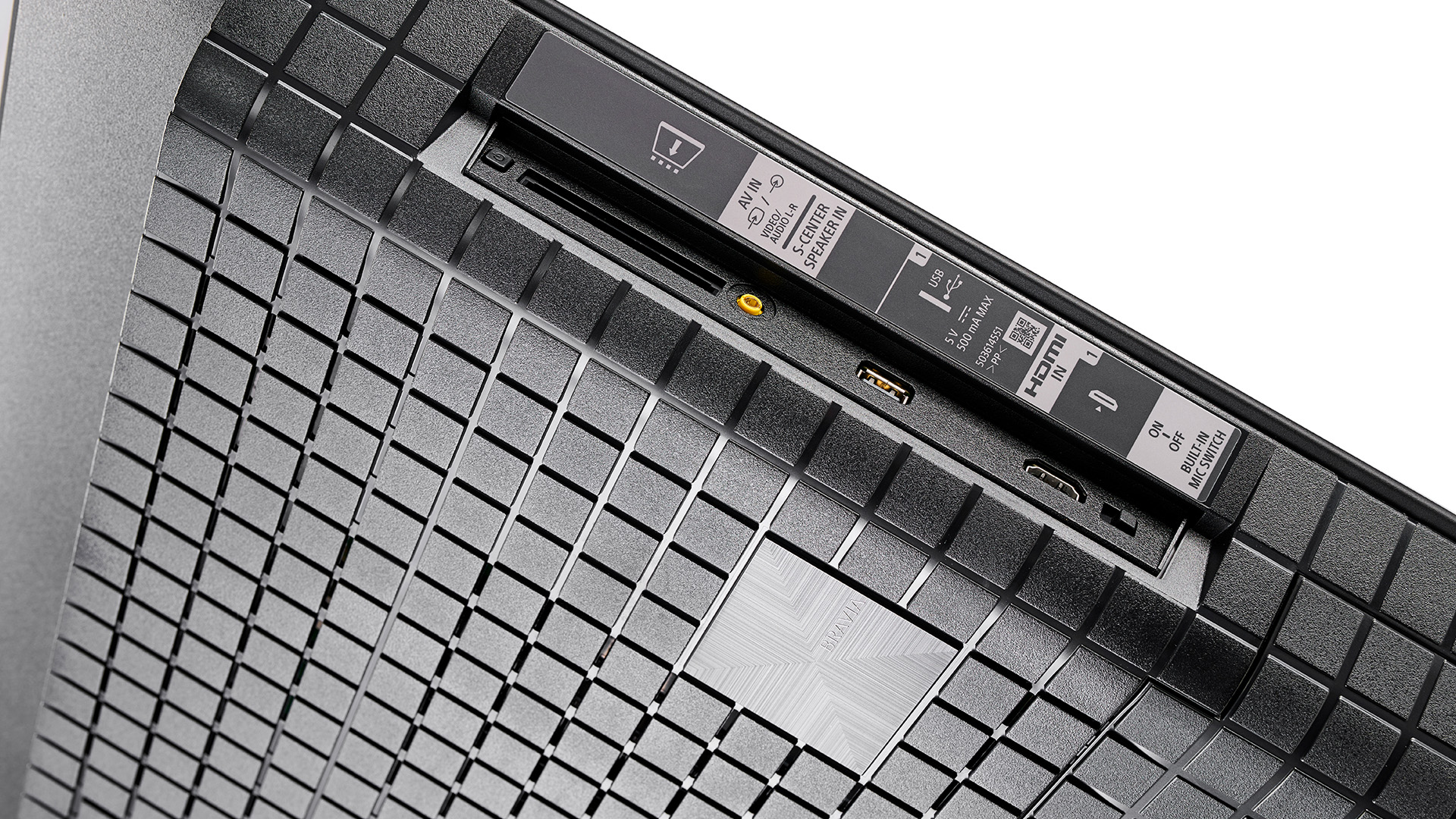
It’s the HDMIs that we’re most interested in, of course, and as is the norm for flagship even the best Sony TVs, the A90K sports two of the HDMI 2.1 variety and two of the older 2.0 type.
The latest hi-fi, home cinema and tech news, reviews, buying advice and deals, direct to your inbox.
Those 2.1s are rated to the maximum 48Gbps and support the 4K 120Hz signals now offered by the PS5, Xbox Series X and certain gaming PCs. VRR and ALLM are also supported via these sockets, ticking off all of the most important gaming specs, particularly for PS5 gamers. However, Xbox gamers should note that there’s no Dolby Vision game mode, despite the TV otherwise supporting Dolby Vision. It’s also worth bearing in mind that one of the HDMI 2.1 sockets is also the eARC port, so if you need that to make a connection between the TV and a soundbar or AVR, you’ll have just one left for a next-gen games machine.
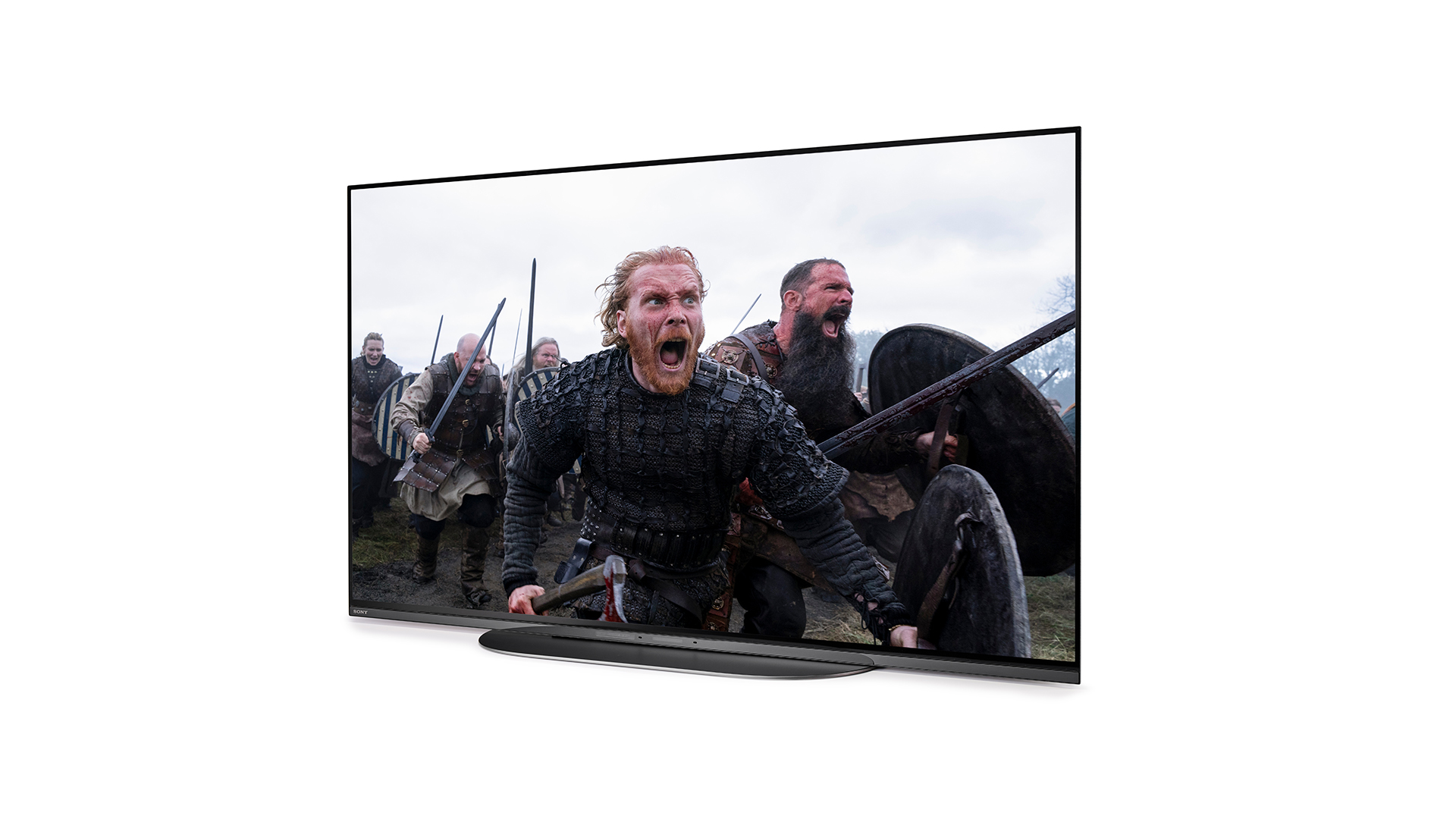
Screen size 42 inches (also available in 48in)
Type OLED
Resolution 4K
HDR formats HDR10, HLG, Dolby Vision
Operating system Google TV
HDMI inputs x4
HDMI 2.1 48Gbps, x2
Gaming features 4K/120, VRR, ALLM
Input lag 21ms
ARC/eARC eARC
Optical output? Yes
Dimensions (hwd, without stand) 55 x 93 x 5.7cm
Said Dolby Vision is joined by the usual HDR10 and HLG formats of HDR, but HDR10+ isn’t on board, just as it isn’t on any other Sony TV. Dolby Atmos sound is also supported, both for pass-through via that eARC connection and for playback through the TV’s own 25W sound system, which features actuators that imperceptibly vibrate the screen in order to make sound.
Sony’s 2022 TVs use the Google TV operating system, which is getting better with each iteration. The recommendation engine still needs a fair bit of work as it only features movies and TV shows from a handful of the TV’s supported apps, but the home page is pretty quick and easy to navigate. More importantly, the actual app selection is excellent, with every major (and many minor) service not only represented, but presented in the highest quality you’d expect.
Sony’s top TVs also benefit from access to the exclusive Bravia Core service, which streams blockbuster movies in significantly higher bitrates than you get from any other service. Buyers of the A90K get free access to a load of titles from the Sony Pictures back catalogue, plus 10 tokens to spend on premium movies (which can be bought or rented with real money thereafter).
Under the bonnet is Sony’s Cognitive Processor XR, which is new for 2022 and has already proven itself in the A95K QD-OLED and the 48-inch version of this A90K. This brings with it a handful of new features, the most impressive of which has proven in these previous reviews to be the new ‘Depth Map’, which subtly sharpens objects in the foreground while gently suppressing the background, resulting in a lovely (and not at all unnatural) sense of three-dimensionality to the performance.
Picture
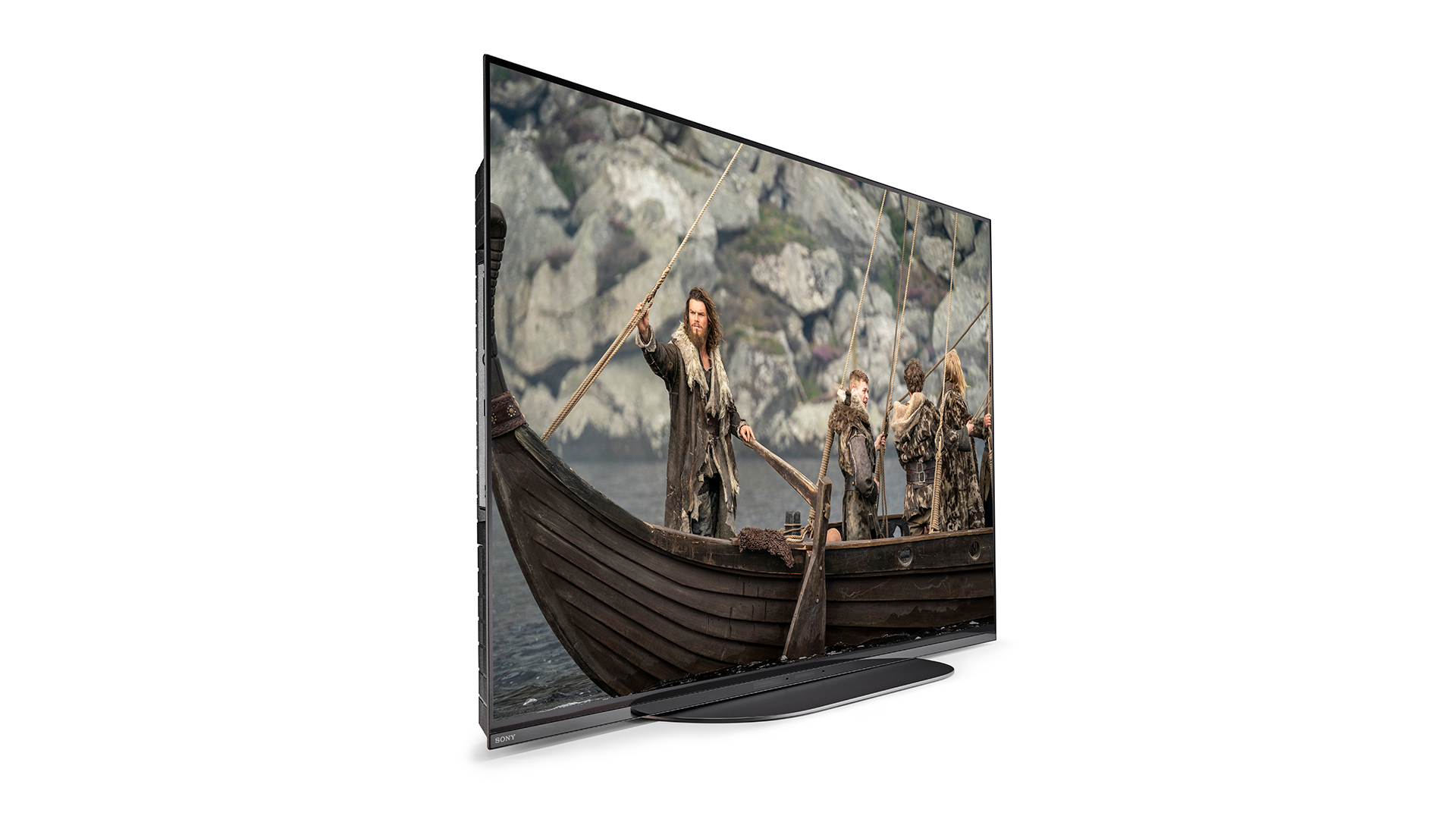
Sure enough, the 42-inch A90K produces a stunningly solid and deep image for a TV this size. The effect obviously isn’t as pronounced as it is with its larger siblings, but there’s a clearly greater three-dimensional feel to the A90K’s reproduction of the battlefields of Netflix’s superb (but harrowing) All Quiet On The Western Front.
This sense of three-dimensionality is enhanced by the Sony’s overall exceptional sharpness and detail. Characters and objects are drawn with razor-like precision yet without any sense of artificial etching, and the textures of trees, clothes and faces are revealed in stunningly realistic fashion.
Motion is, as regular readers will have come to expect from a flagship Sony TV, absolutely superb. One gets the impression that other manufacturers now have the pure technology to produce satisfying motion, but where Sony excels is in designing how this technology is used, deploying just the right amount of smoothing and sharpening without adding any of the dreaded soap opera effect or nasty shimmer around unpredictable, fast-moving objects. LG’s latest models, while good at handling motion, don’t quite strike the same ideal balance.
Sony’s TVs are also well known at this point for their subtle and authentic approach, and on the whole this serves the A90K well, with the vast majority of what we watch appearing balanced and natural. That said, there are occasions when the image looks a touch subdued, most notably in the occasional overly pale skin tone, often on a character who in a previous shot looked more vibrant.
The A90K is overall less bright and punchy than the LG C2, though it’s by no means dull in its own right. It does, however, crush some very fine dark detail in shots and scenes that are otherwise quite bright. Interestingly, in scenes that are dark overall, the Sony actually reveals more shadow detail than its LG rival and occasionally produces the brighter highlight – the moon over New Asgard before the nighttime battle in Thor: Love and Thunder, for instance. It’s hard to be sure, but it feels as if the A90K is actively adjusting the image to the content, even when all seemingly relevant processing is switched off. Still, we’re nit-picking at this point, and the A90K invariably performs beautifully.
It’s also an upscaler of rare talent, reproducing 1080p discs and streams with a crispness and clarity that some might mistake for genuine 4K. DVDs look better through the A90K than they have any real right to as well, and the TV’s subtle approach to colours and contrast works wonders with these non-HDR formats, which are handled with consistent authenticity.
Sound
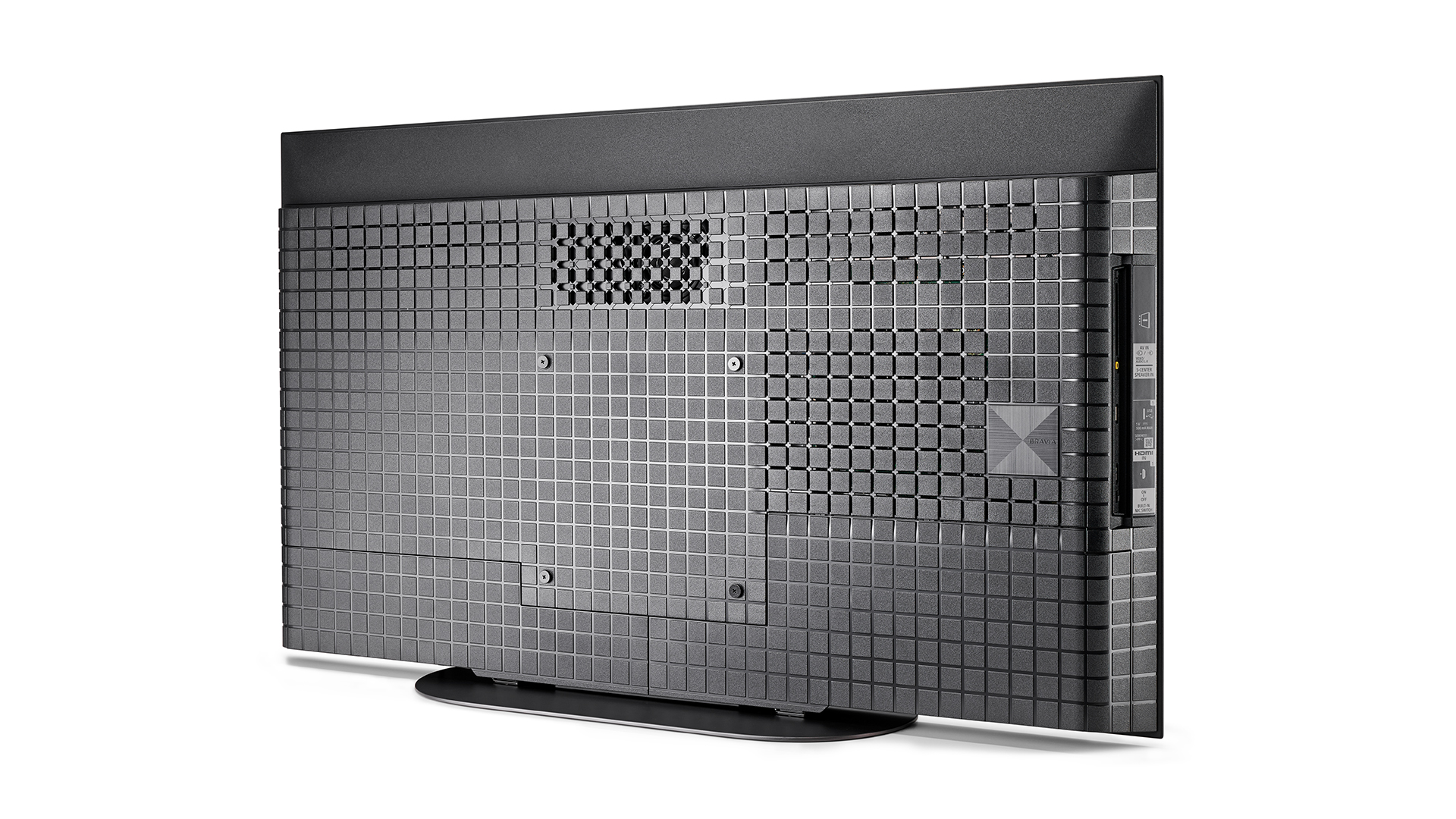
Sony’s Acoustic Surface Audio approach to OLED sound, which involves actuators that vibrate the whole screen in order to create sound and is, in the A90K, present in ‘+’ form, has been winning plaudits for years, and rightly so. Its biggest benefit is that the sound literally comes from the screen, so the audio and video are physically tied together more than with typical TVs. Admittedly this effect is more pronounced on very large TVs, but even with the 42-inch A90K, dialogue essentially comes from a character’s mouth in a way that is noticeable in comparison with similarly sized TVs with more typical speaker systems.
That isn’t to say that Sony’s approach restricts the scale of the sound, because it actually stretches beyond the edges of the TV to a surprising degree, creating a fairly spacious delivery overall. On top of that, there’s good projection into the room, very good detail by TV standards and impressive dynamics for a set this compact.
However, those actuators rely on a more traditional woofer for bass and it’s not really up to the task. Small TVs almost always struggle to produce audio with much weight or depth, and the A90K is no different. This means that while it sounds better than most TVs, particularly those below 55 inches, it should still be partnered with a soundbar. The Sonos Beam Gen 2 is an excellent entry-level option.
Verdict
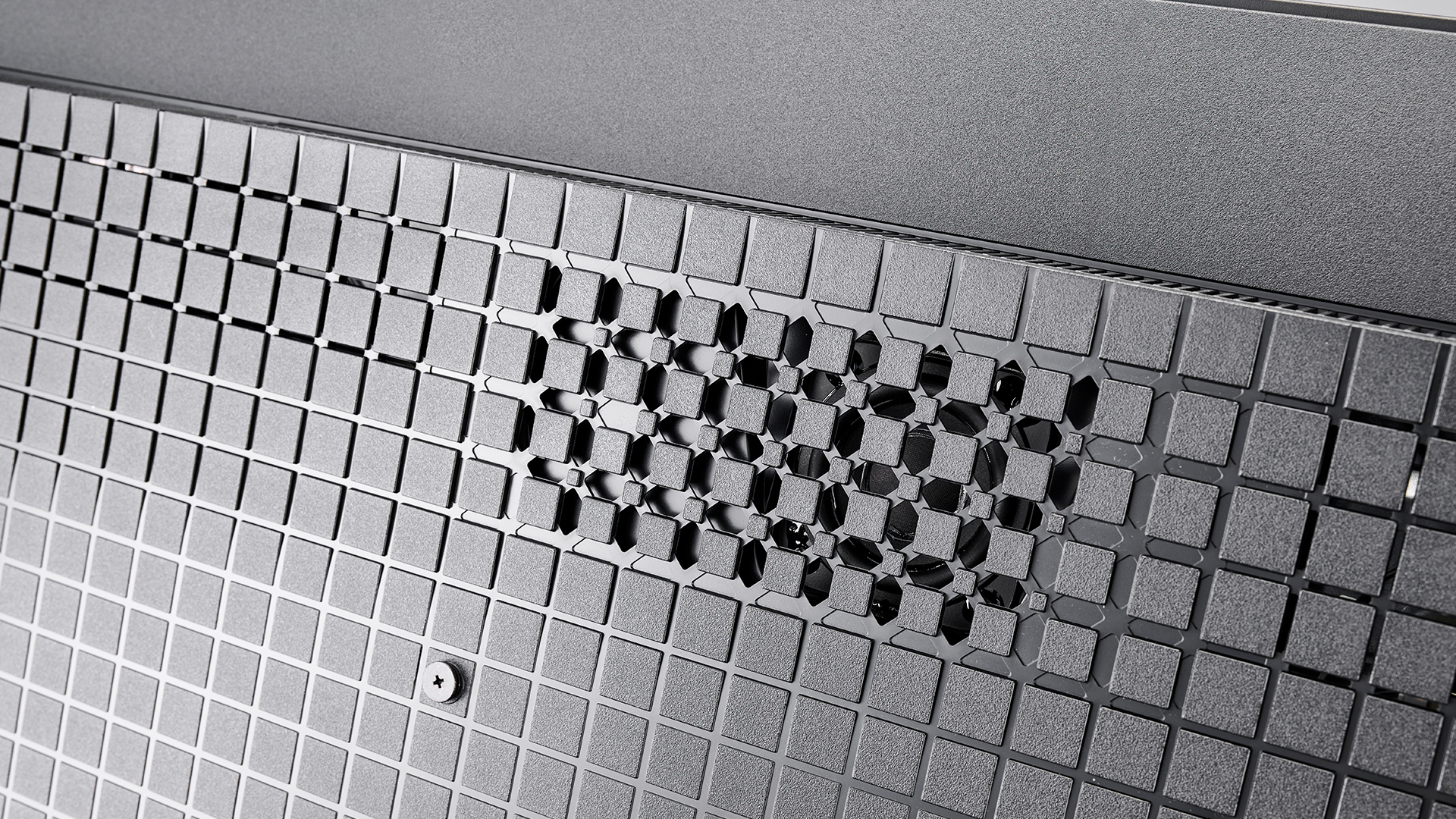
It’s been a long time coming, but discerning TV buyers with limited space suddenly have two OLED models to consider. Both are brilliant, bringing hitherto unknown picture quality down to a size that for years has been largely neglected.
Of the two, the LG C2 will be the bigger seller by miles. It’s cheaper, punchier and its gaming specs are flawless.
But for a select few, the Sony A90K’s extra outlay will be more than worth it. It’s more stylish; sharper, more detailed and subtler in its presentation; and it sounds much better. It’s great for gaming in its own right, too.
SCORES
- Picture 5
- Sound 4
- Features 4
MORE:
Read our review of the LG OLED42C2
Also consider the Sony XR-48A90K
Read our Philips 48OLED807
Best TVs: brilliant budget to premium 4K Ultra HD TVs
What Hi-Fi?, founded in 1976, is the world's leading independent guide to buying and owning hi-fi and home entertainment products. Our comprehensive tests help you buy the very best for your money, with our advice sections giving you step-by-step information on how to get even more from your music and movies. Everything is tested by our dedicated team of in-house reviewers in our custom-built test rooms in London, Reading and Bath. Our coveted five-star rating and Awards are recognised all over the world as the ultimate seal of approval, so you can buy with absolute confidence.

